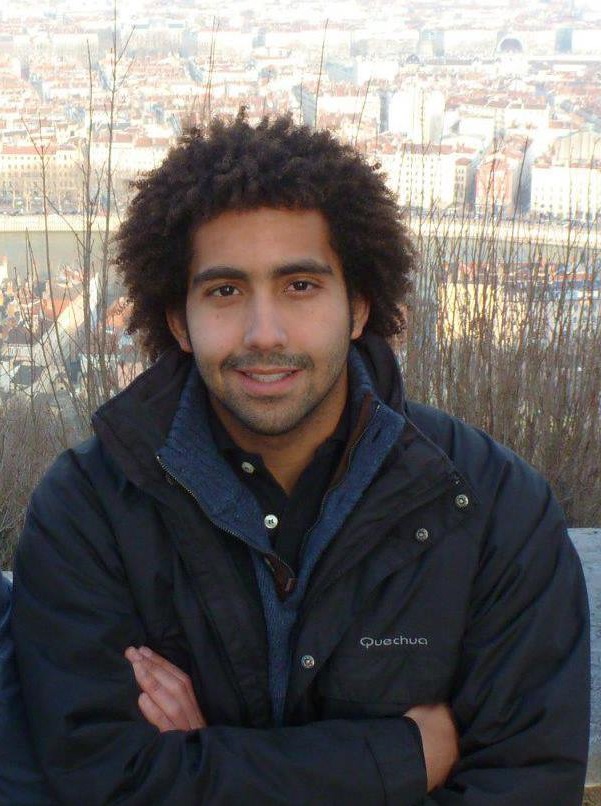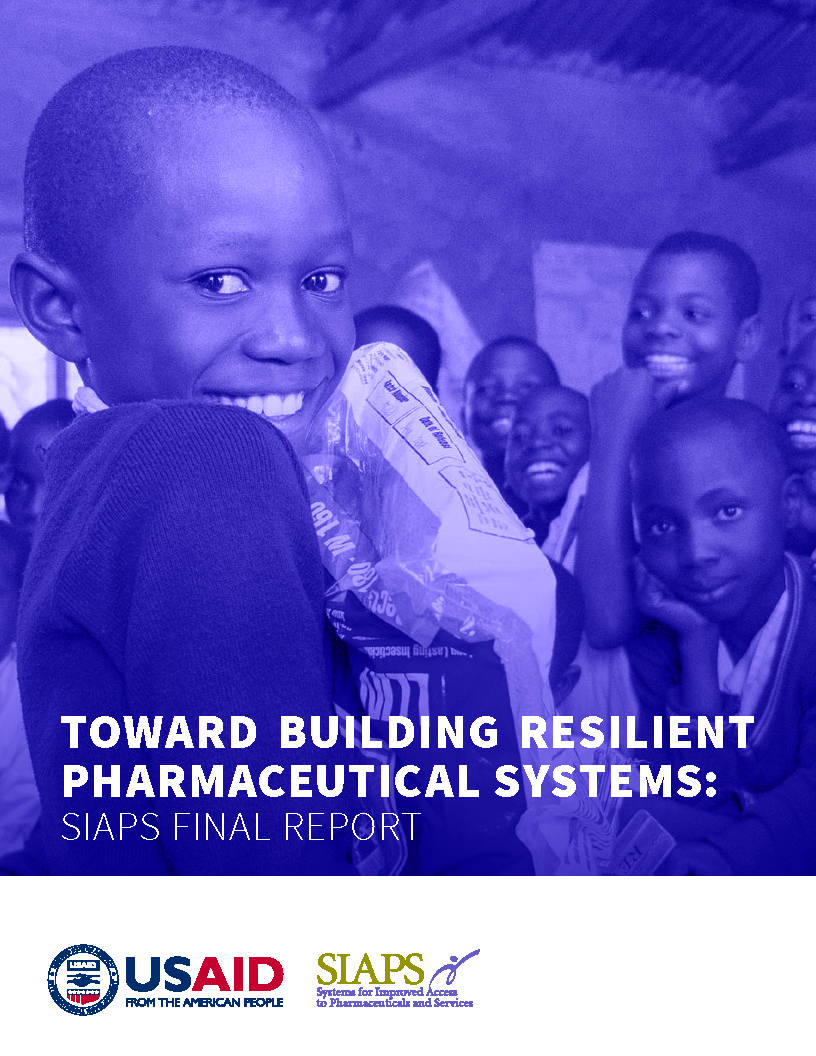
A Q&A with Alan George, SIAPS technical advisor for supply chain management How does strengthening pharmaceutical systems make for stronger supply chains? And how does that translate into access to medicines? Having strong pharmaceutical systems is essential to having an efficient supply chain in the same way that having an efficient supply chain is essential … Read more


